Do you have a favourite food memory from yesteryear?
Depending on the decade, it could be anything from SPAM fritters or dripping on toast to Arctic rolls or Vesta curry.
Whatever the memory there’s one thing for certain, what and where we eat – and the range of food choices – has changed dramatically over the last six decades.
This is borne out by new research from the Government body Defra. Using information from the National Food Survey, which has been asking families since the Forties to log their weekly food and drink shop, a fascinating picture has emerged of our changing food habits.
While the post-war dinner was all about meat and lots of home-grown veg, subsequent decades took us on a rollercoaster of ideas about what it meant to eat well.
Dinner in the 1950s
Parties and picnics were all about paste sandwiches made with the dreaded National Loaf, SPAM and hard-boiled eggs.
Meanwhile, food writer Marguerite Patten made sure we were all on track in the kitchen with her recipes for preparing meals on rations.
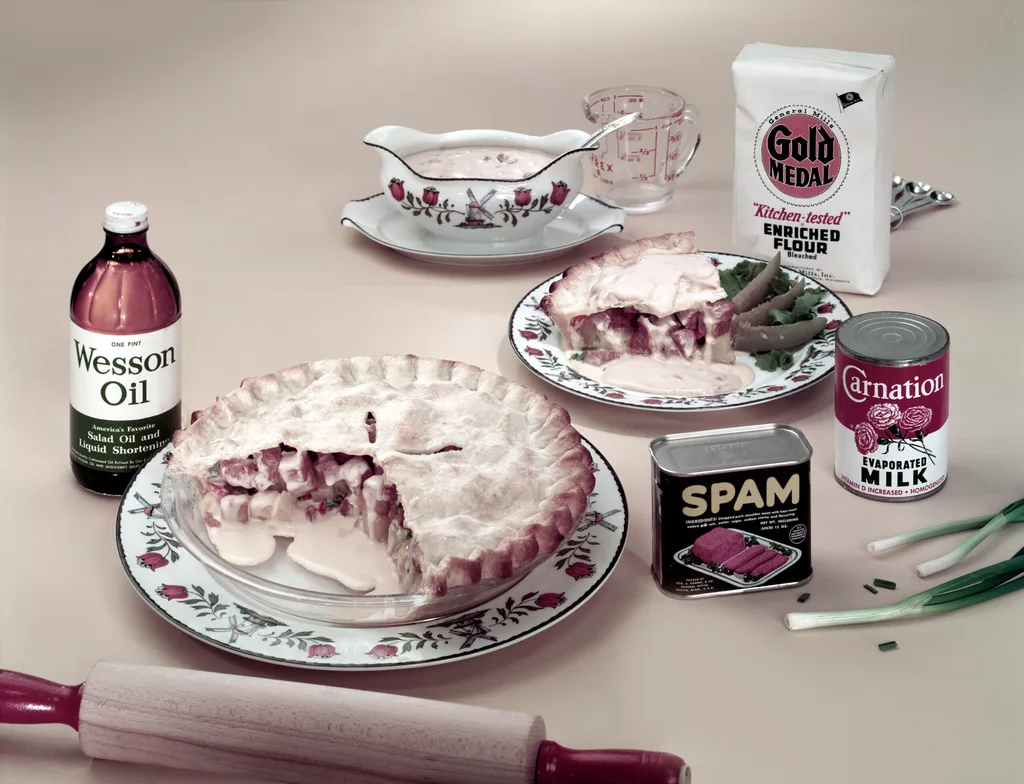
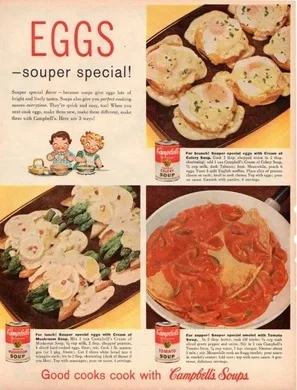
Dinner in the 1960s
- As mums got busier and our sweet tooth got keener, more sugar started to make its way into our diet. Sugary breakfast cereals such as Frosties, Cocoa Puffs and Cheerios took off.
And of course most of us had our milk delivered to the doorstep.
By 1962, a third of all homes had a fridge, which opened us up to even more choice.
There were exotic party treats such as cocktail sausages, Primula cheese and devilled eggs. Food came in bright, enticing packaging and pasta and tinned rice pudding made an appearance.
Exotic cuisine began to flourish too for eating out.

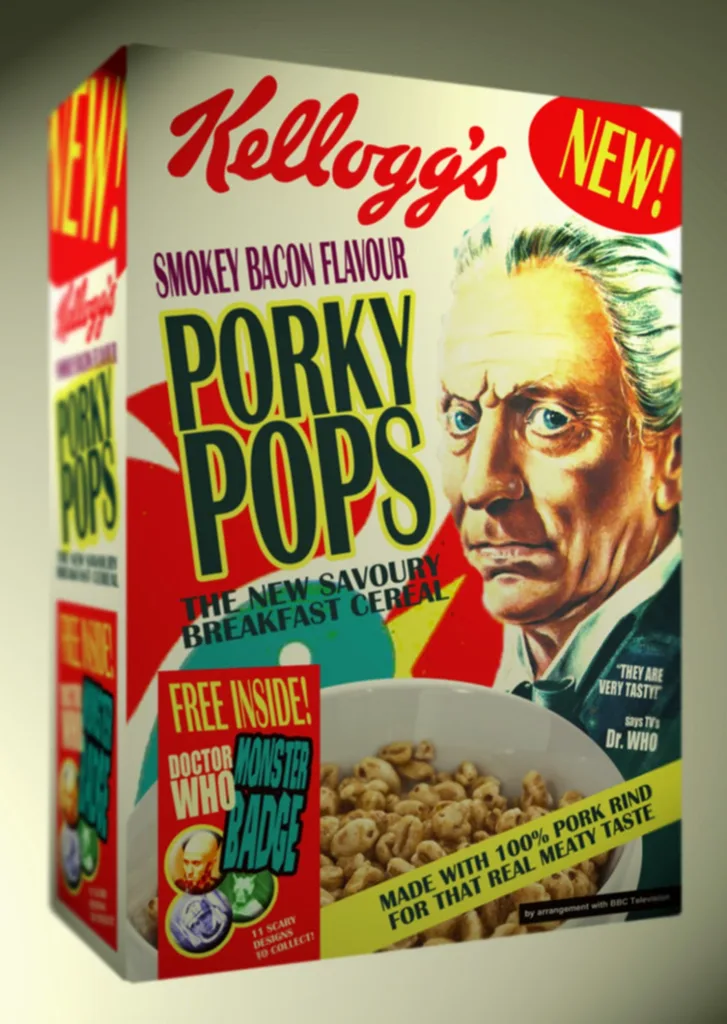
Dinner in the 1970s
With more women at work, we needed meals with speed. Gammon, eggs, chips and beans were a common go-to dish, followed by tinned peaches or Angel Delight for dessert. Then came the first aerated corn snacks such as Quavers and Skips as well as ice creams like Fab, Sky Ray and Cornetto.
Sugary orange juice, baked beans and white bread also boomed in popularity.
And freezers opened up a whole new selection of foods.The Seventies also saw the introduction of many artificial flavours and processing technologies, not to mention cheese fondues and after-dinner mints – hardly the stuff of successful slimmers!
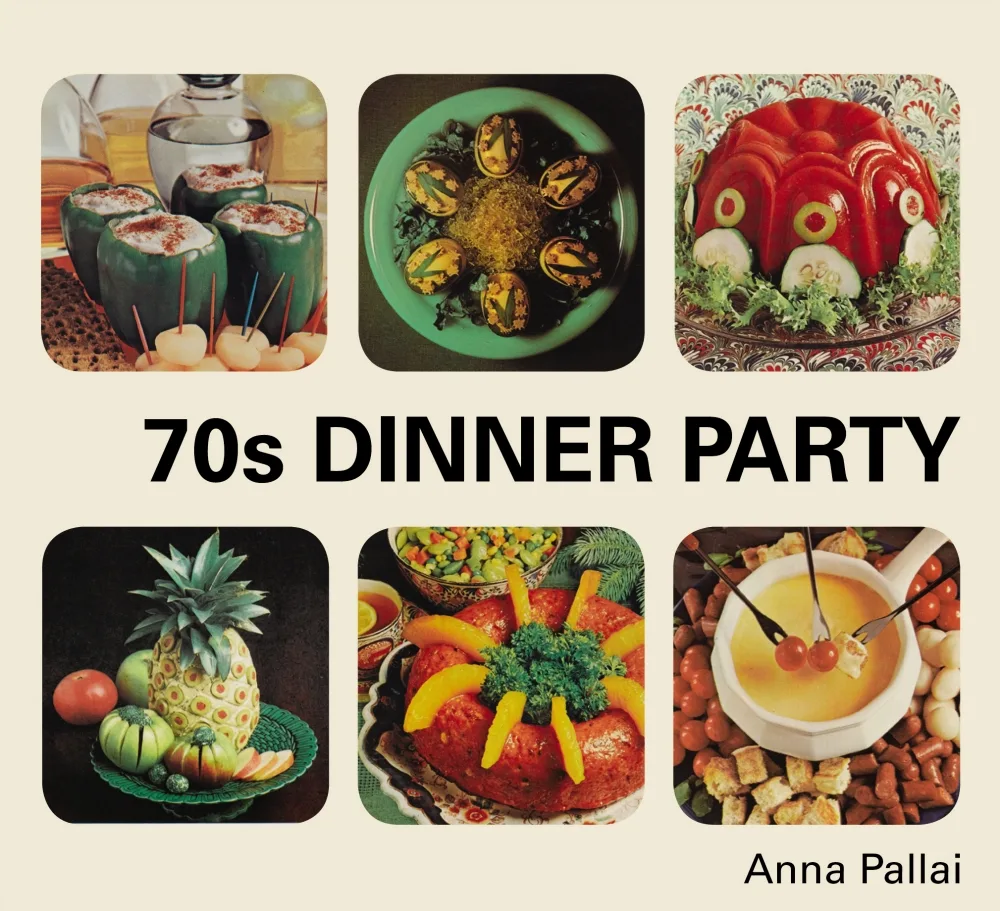
Dinner in the 1980s
Five minutes in a microwave and ping! you could have everything from chicken Kiev to moussaka. Birdseye potato waffles, with grey mince and soggy veg was a standard meal of the decade.
Towards the end of the Eighties, we realised we’d been doing it all wrong and cut back on carbs and fats. Increased car ownership meant we could now shop at out-of-town supermarkets for even more choice.
We tried making exotic Chinese dishes at home (with the help of TV’s Ken Hom) and bought Italian ingredients such as ciabatta.
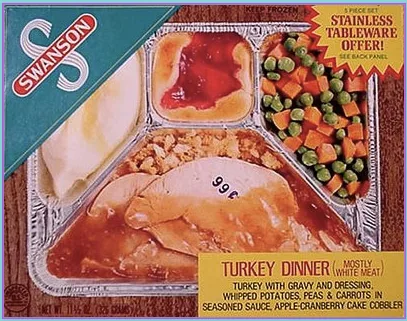
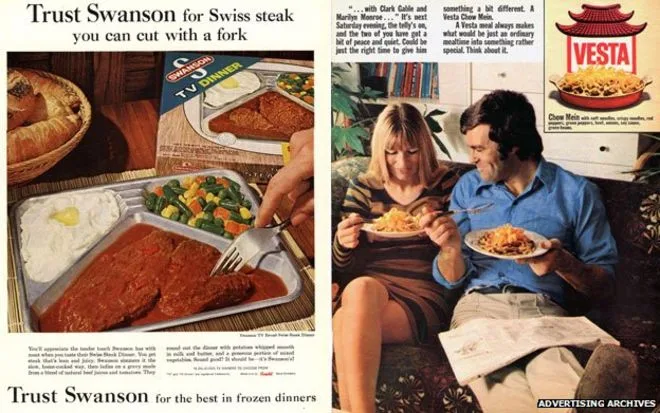
Dinner in the 1990s
As we became ever more health conscious organic foods grew in popularity.
Five-a-day was the mantra pushed by the experts – something we’d been doing in the Fifties!
Sushi suddenly became a trend, while vegetarianism soared, largely down to fears around the BSE meat crisis.
At the same time, high-sugar products such as Pop Tarts hit the shelves, and towards the end of the decade Jamie Oliver’s Naked Chef led to a whole new trend of laid-back home cooking.

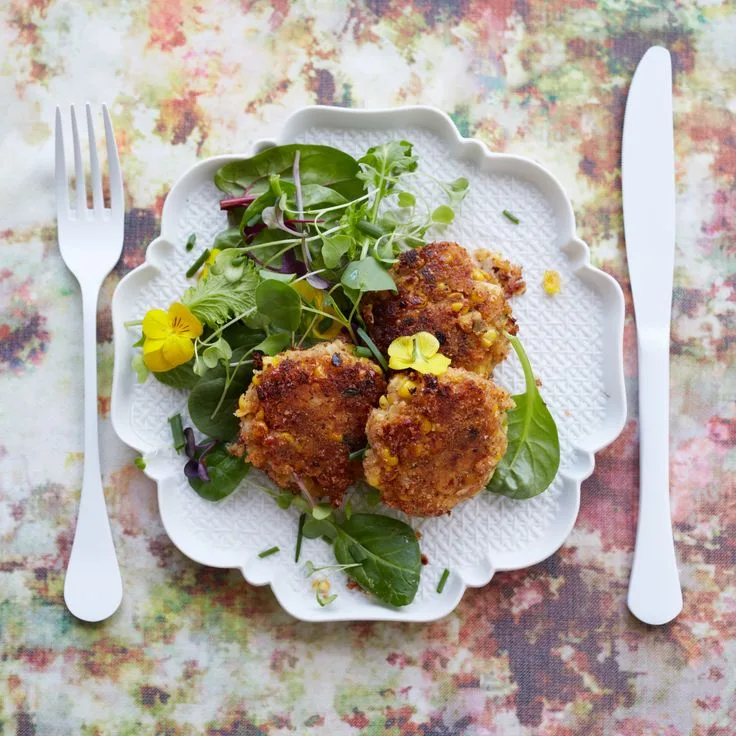
Dinner in the 2000s
Bread consumption fell by 40 per cent from the Seventies to the Noughties with a 75 per cent drop in white, while brown bread consumption has almost doubled.
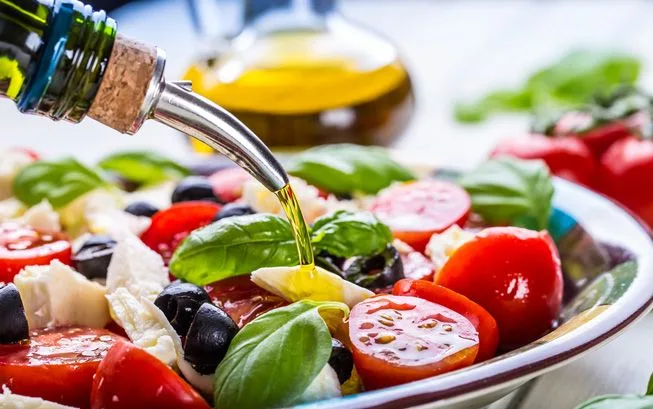

The main changes at a glance…
In 1952, nearly half of all households ate no meals outside of the home and only a fifth of us ate one dinner a week out. By 1983, the average person ate out for three meals a week. But a Taste of The Future report in 2013 predicted that by 2020, we’ll be eating out every day.
Families in the Forties spent a third of their income on food, compared to just 12 per cent today.
Research shows that those of us aged 65-74 eat the most fruit and veg.
**Households now buy only enough tea bags or leaves for about eight cups a week, down from 23 cups in 1974 (that’s 3 cups a day).
This post was originally published on Yours UK.


